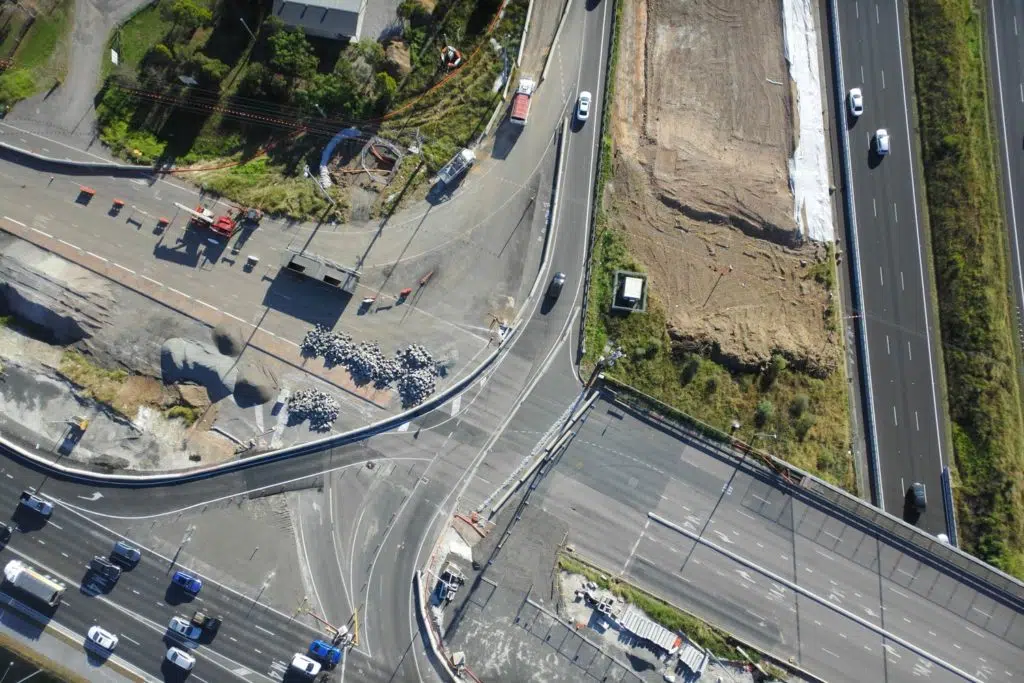State of Our Global Transportation Infrastructure: What You Need to Know
As the U.S. awaits the outcome of the Invest in America Act, crumbling roads and bridges and outdated electrical systems are just a few of the infrastructure problems plaguing the nation. Aging infrastructure isn’t just a challenge in America, but also across the globe, especially in developing countries. Investment in global infrastructure was just one of many issues discussed by leaders at the G7 leadership conference this year.
The solution proposed by the United States, the Build Back Better World Initiative (B3W), a proposal that would be driven by other G7 leaders in partnership with multilateral institutions and the private sector. By investing in health, digital technology, roads, and more, the overarching goal is to promote economic growth and meet 2030 Sustainable Development Goals, like providing universal access to water and electricity.

The U.S. requires major investments in infrastructure—in all categories
Infrastructure in the United States is seeing some modest improvements, but there’s still a long way to go. The grade for existing U.S. infrastructure is a C-minus, up slightly from the previous D-plus rating from 2017. While the nation saw modest improvements in certain categories including railroads, drinking water systems, inland waterways and ports, bridges, airports, dams, and other aging systems are in poor condition, raising the demand for civil construction. In fact, 11 of the 17 infrastructure categories evaluated received grades in the “D” range this year.
Why the harsh reviews? Severe effects of a changing climate are mainly to blame, especially in the case of recent power and water system failures due to brutal winter storms in the south. The climate is also taking a toll on dams, levees, and stormwater systems. The Edenville Dam in Midland, MI is just one recent high-profile example, suffering catastrophic failure last year from heavy rainfall due to increasingly severe thunderstorms. Along with damage reaching over $175 million, the failure changed the lives of thousands of nearby residents forever.
According to the American Society of Engineers, the United States is spending only half of what it needs to invest to bring the nation’s infrastructure systems to an acceptable level. Avoiding the kind of terrible damage like what occurred in Michigan requires major investment in infrastructure projects and designing for a changing climate needs to be first priority.
Crumbling infrastructure is a global challenge
The U.S. is certainly not the only nation facing infrastructure challenges. Most recent reports from the Global Infrastructure Outlook from the G20’s Global Infrastructure Hub indicate a large ($18 trillion) spending gap between current spending trends and what needs to be spent on major infrastructure upgrades throughout the world. Just a few indications of worldwide need include reports from India, where population growth is booming, and economic growth isn’t reaching full potential due not only to insufficient infrastructure budgets, but also to the length of time required for projects. Infrastructure underinvestment is also a major concern in Europe, with more than 300 of Italy’s bridges deemed in risk of collapse and aging power plants across the continent causing worry and raising the risk of higher carbon emissions as fossil fuels are used to plug the potential energy gap.

Funding is just one part of the solution
Every nation has a stake in the state of global infrastructure—it is in the best interest of all nations. Investment in global infrastructure can save countries trillions of dollars in the long term and create more prosperous trading partners and spur sustainable development.
Improvements can advance sustainable development and more resilient societies. Recent infrastructure funding proposals like the Build Back Better World Initiative seek to invest hundreds of billions in climate, health, digital technology and other projects that can build more resilient societies.
It’s not enough to throw money at the problem. Innovative solutions must be developed to meet the increased civil construction project demand should funding be secured. New technologies, including drone surveying technology, augmented reality, and even blockchain data are set to revolutionize the industry and provide engineers and construction professionals with tools to keep projects on time and on budget. With the clock ticking on water systems, power grids, and the roads and bridges that we use each day, countries around the world can’t afford the typical time overruns associated with infrastructure upgrades. It’s clear that investment is required not only for the projects themselves, but also for the technologies that expedite construction.




